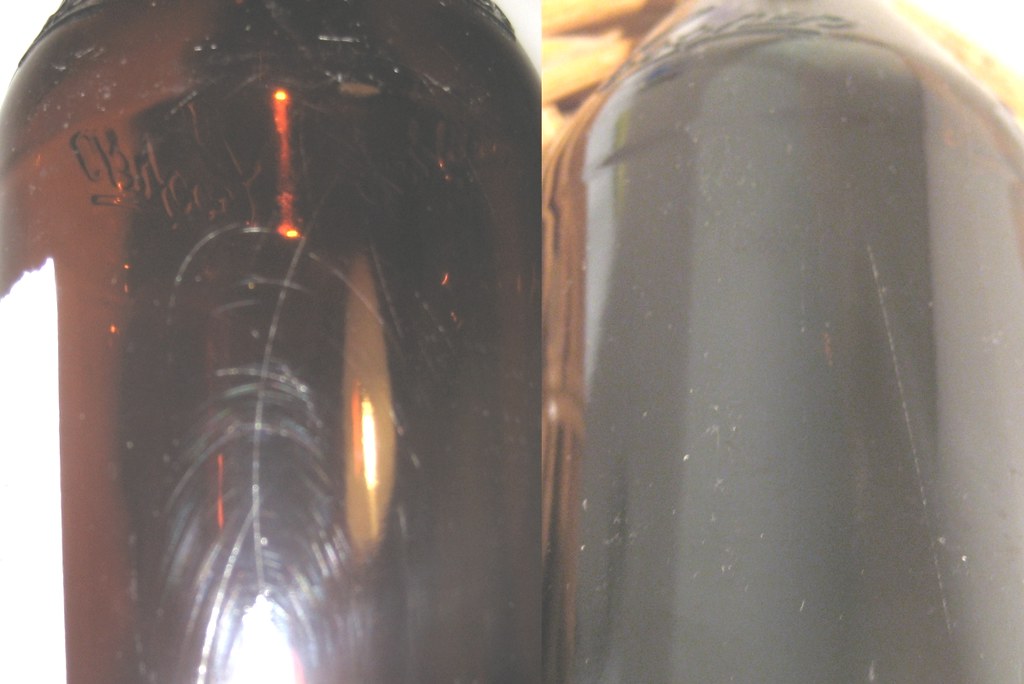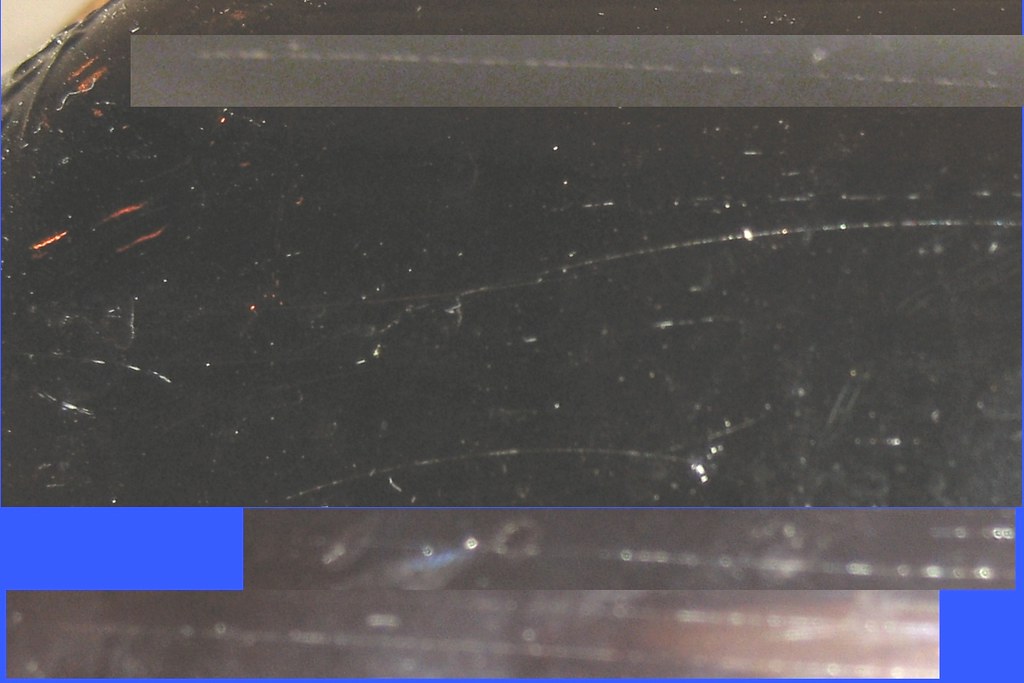Bensiff
Well-Known Member
- Joined
- Mar 13, 2008
- Messages
- 4,835
- Reaction score
- 411
The great mystery of how many volumes of CO2 a bottle can handle is an annoying variable. Given how many different bottles there are there is no exact solution. However, some bottles can handle more than others and I figure the best way to know what bottles are junk and what bottles are worth risking pushing higher volumes in is by their weight. So, I compiled this list of bottle weights with the empties I have on hand. I'm also working on getting some actual numbers from manufacturers. In the meantime, if anyone has a good scale please PM me and I can edit this post to update.
Once constant so far is that manufacturers have warned that each subsequent bottling will weaken the bottles so it is advisable to track this and use bottles at lower and lower volumes as they get older.
375 ml bottles
Russian River 398 g - Rated to 4.0 volumes, maybe higher (but not advisable) according to Vinnie Cilurzo
500 ml bottles
Russian River weight unknown - Rated to 4.0 volumes according to Vinnie Cilurzo
12 ounce bottles
Deschutes 230 g (rated at 3 volumes and crown maxes at 150 psi)
New Belgium 198 g
Pacifico 220 g
Sam Adams 215 g
Sierra Nevada 200 g (no ratings given, stated one time use bottles that should be thrown away)
22 ounce bottles
Midnight Sun 372 g
Port Townsend 370 g
Stone 369 g
750ml bottles (Compare to Chateau St. Michelle Brut at 850 g)
Boulevard 661 g
Browerij Het Anker 592 g (Cuvee Van De Keizer Blauw)
Brouwerij Timmermans 646 g (Bourgogne De Flandres)
Chimay 556 g
Corsendank 644 g
Liefmans 756 g (Goudenband)
Lindemans Gueuze 767 g
Lindemans Framboise 583 g
North Coast 569 g
Ommegang 569 g
Port Brewing 575 g
Russian River 569 g
Unibroue 567 g
Westmalle 656 g
Once constant so far is that manufacturers have warned that each subsequent bottling will weaken the bottles so it is advisable to track this and use bottles at lower and lower volumes as they get older.
375 ml bottles
Russian River 398 g - Rated to 4.0 volumes, maybe higher (but not advisable) according to Vinnie Cilurzo
500 ml bottles
Russian River weight unknown - Rated to 4.0 volumes according to Vinnie Cilurzo
12 ounce bottles
Deschutes 230 g (rated at 3 volumes and crown maxes at 150 psi)
New Belgium 198 g
Pacifico 220 g
Sam Adams 215 g
Sierra Nevada 200 g (no ratings given, stated one time use bottles that should be thrown away)
22 ounce bottles
Midnight Sun 372 g
Port Townsend 370 g
Stone 369 g
750ml bottles (Compare to Chateau St. Michelle Brut at 850 g)
Boulevard 661 g
Browerij Het Anker 592 g (Cuvee Van De Keizer Blauw)
Brouwerij Timmermans 646 g (Bourgogne De Flandres)
Chimay 556 g
Corsendank 644 g
Liefmans 756 g (Goudenband)
Lindemans Gueuze 767 g
Lindemans Framboise 583 g
North Coast 569 g
Ommegang 569 g
Port Brewing 575 g
Russian River 569 g
Unibroue 567 g
Westmalle 656 g





